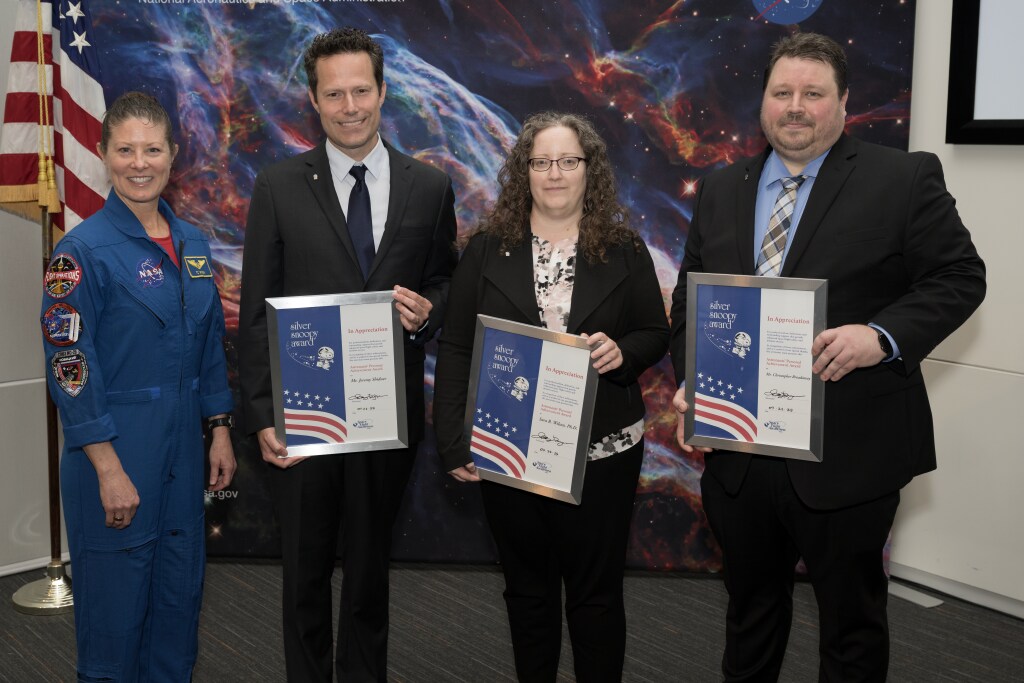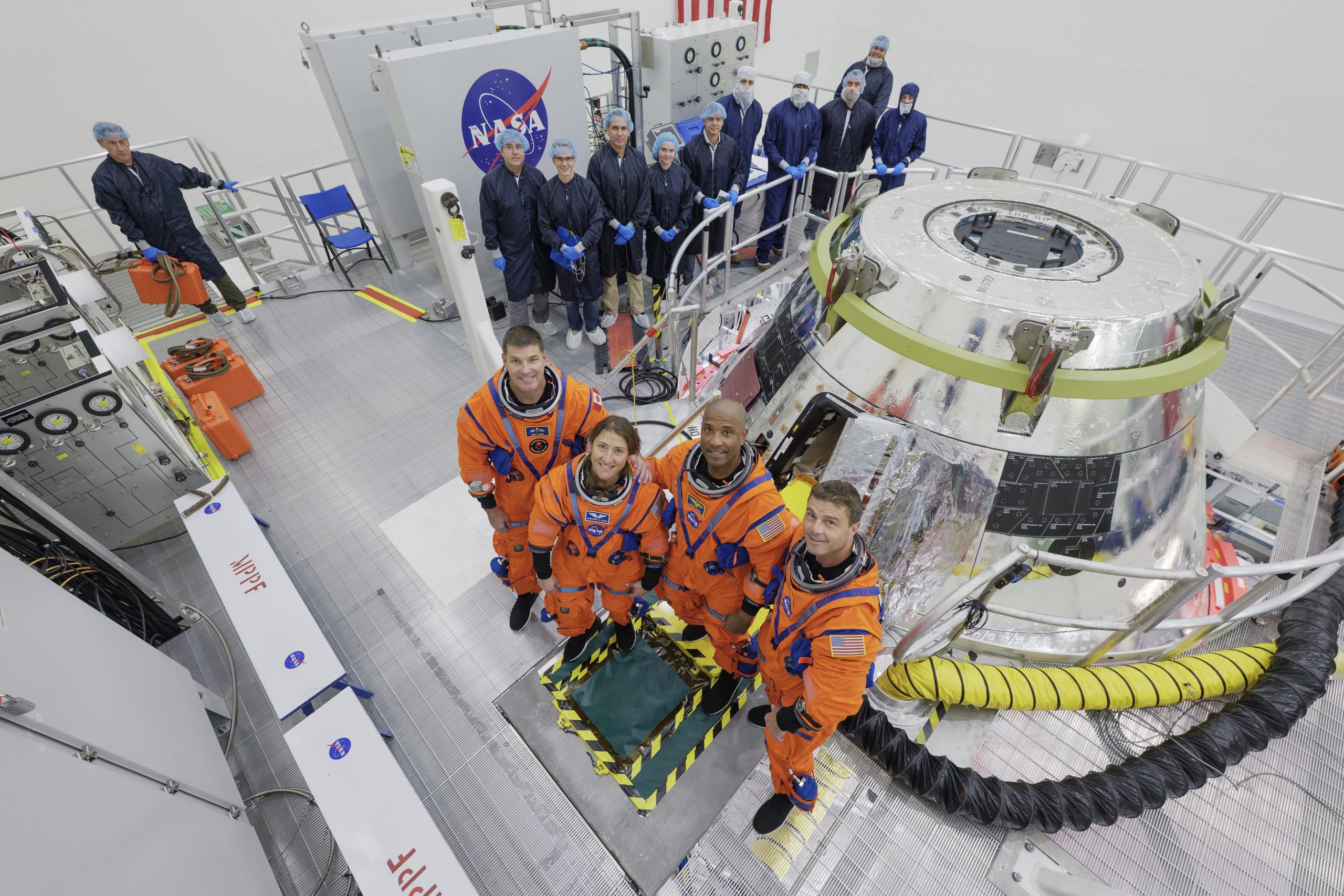Now Reading: NASA’s Webb Uncovers Signs of Planet Near Closest Solar Twin
-
01
NASA’s Webb Uncovers Signs of Planet Near Closest Solar Twin
NASA’s Webb Uncovers Signs of Planet Near Closest Solar Twin

Quick Summary
- Astronomers using NASA’s James Webb Space telescope report strong evidence of a gas giant planet orbiting Alpha Centauri A, a star in the closest stellar system to the Sun, located 4 light-years away.
- The Alpha Centauri system comprises three stars: Sun-like Alpha centauri A and B, and red dwarf Proxima centauri which hosts three confirmed planets.
- Observations from Webb’s Mid-Infrared Instrument (MIRI) in August 2024 identified an object likely to be the planet candidate, appearing over 10,000 times dimmer than its host star and separated by about twice Earth’s distance from the Sun.
- Additional observations in Febuary and April 2025 did not detect this object again; simulations suggest its elliptical orbit occasionally places it too close to its star for visibility.
- The potential gas giant may have a mass similar to Saturn. If confirmed, it would mark one of the closest exoplanet discoveries and provide insights into planetary formation near binary stars.
- Researchers claim additional observation with future tools like NASA’s Nancy Grace Roman Space Telescope could confirm findings.
Indian Opinion Analysis
Discovering a potential exoplanet within our neighboring stellar system is scientifically significant for India as part of ongoing global efforts toward space exploration. While this finding does not directly impact India’s space program goals under ISRO (Indian Space Research Organisation), developments like these highlight opportunities for collaboration in planetary science-especially as India seeks burgeoning partnerships with international agencies post-Chandrayaan success.
This research challenges existing narratives about how planets evolve near binary systems under complex gravitational dynamics. Such discoveries offer valuable models that can inspire Indian academic institutions focusing on astrophysics training programs or enhance use cases for ISRO’s own satellite-imaging advancements. moreover, emphasizing participation in multilateral projects could position India as both a contributor to deep space knowledge ecosystems and an active seeker of interstellar scientific data alongside global pioneers such as NASA.



























